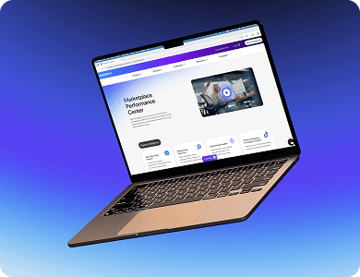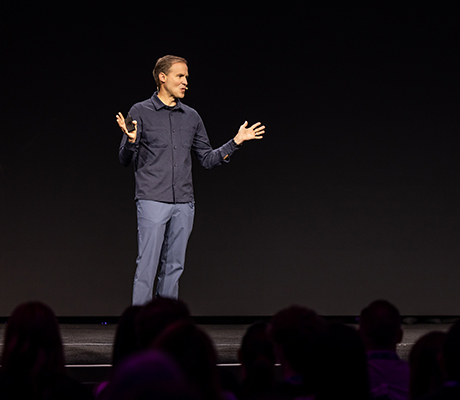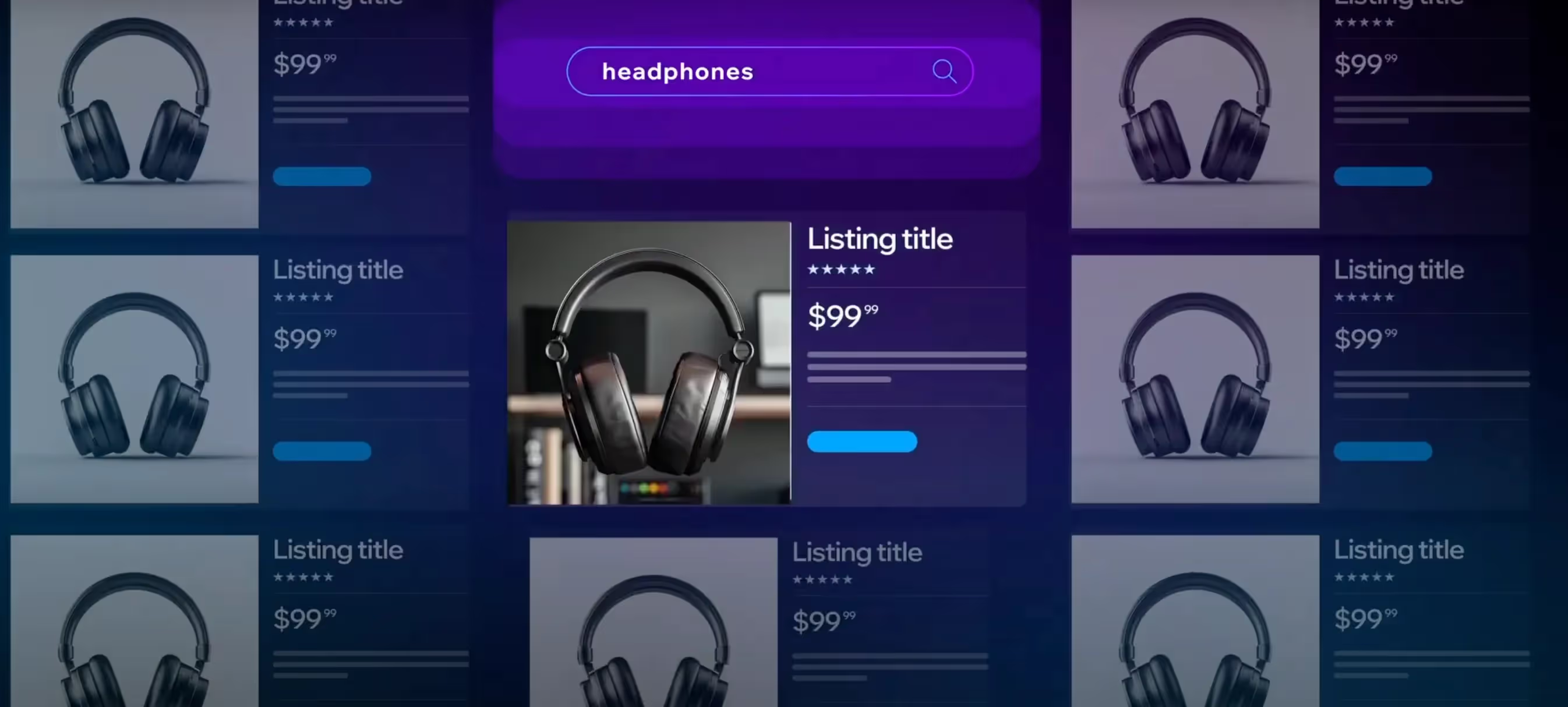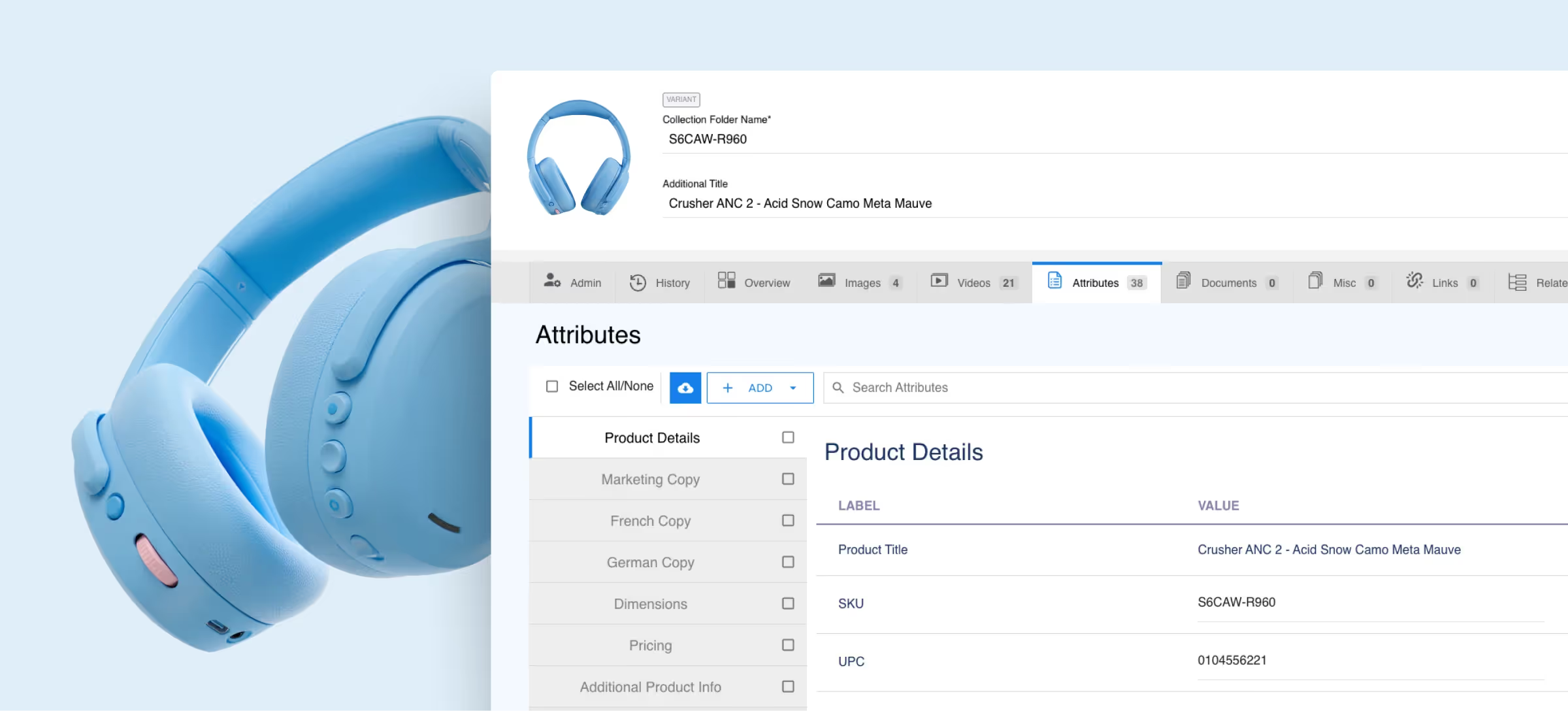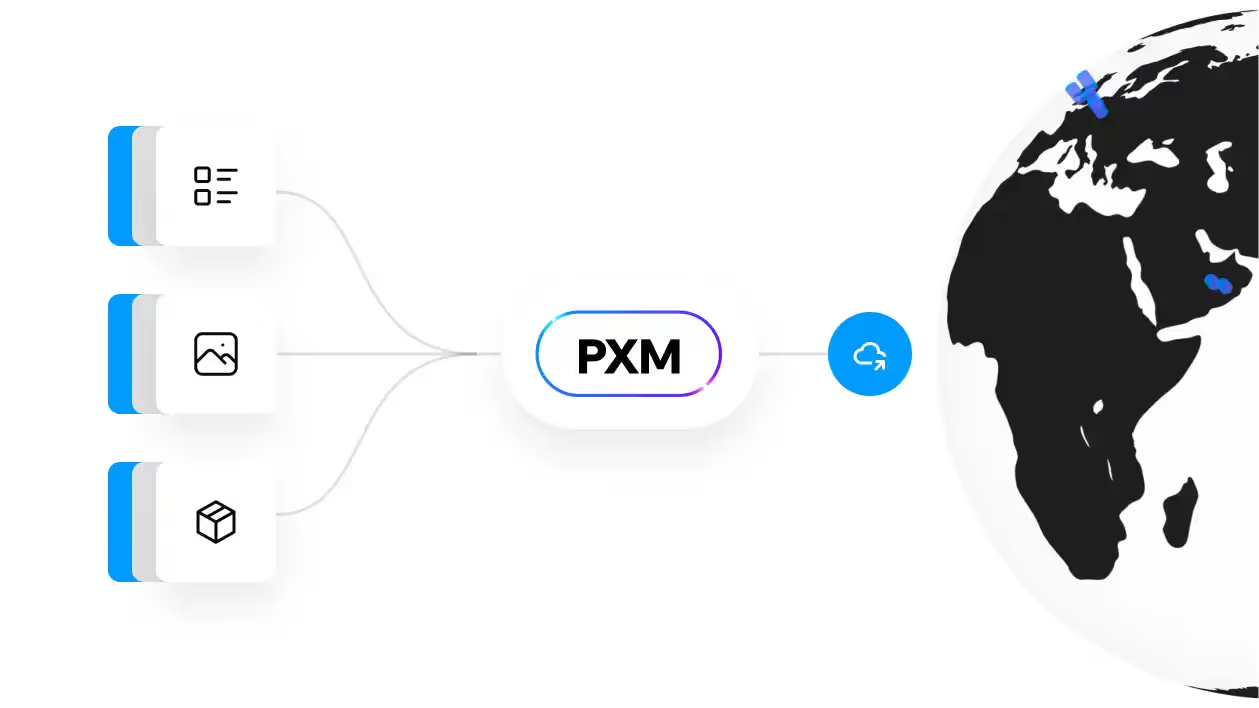D2C fulfillment that scales with your brand
Success hinges on a fulfillment strategy that can keep up. Scalable D2C fulfillment ensures that every order reaches customers quickly and accurately, while maintaining inventory and supporting business growth.fans.
What is D2C fulfillment and why do you need it?
D2C fulfillment is when brands deliver products straight to consumers, rather than going through wholesalers, distributors, or retail stores. It covers the full process, including:
- Storing inventory in a warehouse
- Picking products for each order
- Packing items securely for shipment
- Managing shipping and delivery
- Handling returns and exchanges
- Tracking orders and updating customers
This approach puts the customer first, creating a seamless process that gives brands complete control over inventory, shipping speed, and the overall experience.
If you’re a growing ecommerce brand, D2C fulfillment enables faster delivery, greater flexibility, and more personalized service. Here’s why it’s essential:
- Scalability: Handle higher-order volumes without sacrificing speed or quality.
- Cost Efficiency: Cutting out middlemen reduces markups and protects margins.
- Brand Loyalty: A consistent, personalized delivery experience encourages repeat purchases.
- Market Reach: Sell directly to customers anywhere, without relying on physical retail networks.
D2C fulfillment vs. traditional 3PL services
Traditional third-party logistics (3PL) move products in bulk to distributors, wholesalers, or stores, leaving customers to buy through a middleman. D2C ecommerce fulfillment and logistics flips that model: brands ship straight to the customer the moment an order is placed. No middleman means fewer delays, faster delivery, and a shopping experience that feels more personalized.
Here’s how direct-to-consumer fulfillment services and traditional retail services compare:
- Speed: D2C fulfillment often delivers faster since products go straight to customers.
- Control: Brands own the customer relationship and can customize packaging, branding, and offers.
- Inventory Flow: Retail moves products in bulk to stores, while D2C ships smaller, frequent orders directly to buyers.
- Customer Experience: Direct shipping allows for personalized service and stronger loyalty.
Tools like Pattern’s Marketplace Prep make D2C fulfillment even easier for brands, offering fast turnarounds, low costs, and greater speed and accuracy across the board.
Top challenges for D2C brands
Growing a D2C brand comes with incredible opportunities—but it’s not without hurdles. Even small inefficiencies, like high shipping costs or messy inventory, can eat into profits and frustrate your customers.
The key is spotting these challenges early so you can set up a fulfillment system that keeps everything running smoothly. Here are some of the common pain points to look out for:
High Shipping Costs
Shipping directly to customers can get expensive, especially for small or scattered orders. Meanwhile, packaging, postage, and handling costs add up quickly. Without careful planning, these expenses can eat into your profit margins.
Slow Delivery Speeds
Today’s shoppers want their orders fast and hassle-free. Even small delays can frustrate customers, lead to abandoned carts, or spark negative reviews. Delivering quickly and reliably is a crucial way to build trust and keep customers coming back.
Inefficient Returns
Returns and exchanges can quickly drain time and resources. If the process is confusing or cumbersome, it frustrates both customers and your team. Slow or complicated returns can even push shoppers straight to competitors, making a smooth, easy experience essential for loyalty and repeat business.
Inventory Visibility Issues
Without real-time inventory tracking, it’s hard to know exactly what’s in stock. This can result in overselling, stockouts, or missed sales opportunities. Limited visibility also makes it challenging to plan for demand and restock efficiently, putting both revenue and customer satisfaction at risk.
Seasonal Spikes in Demand
Holidays, promotions, and limited-time offers can trigger sudden spikes in orders. Without a scalable fulfillment system, these surges can overwhelm staff and operations. In the end, this can lead to delays, errors, and a customer experience that falls short of expectations.
Lack of Scalability
Processes that handle small order volumes well often struggle as demand grows. Without a scalable system, operations slow, growth becomes harder to manage, and inefficiencies start to pile up. This can drive up costs, increase errors, and make it harder to keep customers satisfied.
Returns and Exchange Headaches
Managing returns and exchanges is one of the biggest pain points for D2C brands. A lack of smooth, automated processes can consume staff time and cause frustration, while complicated or slow returns can erode loyalty and impact your bottom line.
Inefficient Multichannel Management
Juggling multiple sales channels without a central management system can get messy fast. Orders can get duplicated, inventory can go out of sync, and shipments can be delayed. As mistakes pile up, frustrated customers may take their business elsewhere.
How Pattern keeps your D2C brand running smoothly
Hurdles like high shipping costs, slow delivery, and inventory headaches are more than frustrating. They can also slow growth and turn away customers. Pattern tackles these challenges with a comprehensive D2C order fulfillment solution—one designed to keep your operations running smoothly even as your business scales.
Here’s how we help create superior customer experiences:
Faster Delivery Times – Multiple Warehouse Locations for Speed
Pattern stores products in strategically placed fulfillment centers, so orders ship from the location nearest to the customer. This shortens transit times, cuts shipping costs, and meets growing expectations for 1 to 2 day delivery.
Optimized Inventory Management – Reduce Stockouts and Overstock
Real-time inventory tracking ensures the right products show up at the right place at the right time. This reduces costly stockouts, meaning you don’t lose sales or struggle with overstock that ties up capital and warehouse space.
Cost Efficiency – Lower Shipping and Handling Costs
Pattern optimizes packaging, leverages bulk shipping discounts, and streamlines ecommerce fulfillment for brands. What does this mean for you? Lower shipping and handling costs, so you can reinvest in growth, marketing, or customer acquisition.
Seamless Scalability – Grow Without Fulfillment Bottlenecks
Thanks to Pattern’s flexible fulfillment network and technology-driven processes, you’ll have the bandwidth to handle seasonal spikes, launch new products, or expand rapidly without delays or service interruptions.
Superior Customer Experience – Reliable, Branded Delivery
Rest at ease. With Pattern, orders arrive on time—in perfect condition and in branded packaging that reflects your company’s identity. Customers will certainly take notice, and they’ll give back with greater trust, repeat purchases, and long-term loyalty.
Subscription Box Fulfillment
Managing recurring shipments is simple—whether you’re selling monthly snack boxes, beauty kits, or lifestyle packages. Consistent delivery schedules, personalized packaging, and accurate assembly keep subscribers engaged and reduce churn.
Returns and Exchange Management
What customer doesn’t want streamlined returns and exchanges? With Pattern, sellable items are restocked quickly, refunds or exchanges are processed efficiently, and inventory updates in real time to keep operations smooth.
Custom Integrations and APIs
Pattern plugs straight into your ecommerce platform, CRM, or ERP using seamless APIs. Orders, inventory, and shipping updates flow automatically between systems—no manual entry, fewer errors, and more time for your team to focus on growth and strategy.
Kitting and Custom Packaging
Easily turn every delivery into a brand moment with Pattern’s kitting and custom packaging. Combine multiple products into a single SKU and personalize boxes, inserts, and wrapping to wow customers and make every unboxing unforgettable.
Real-Time Inventory Sync
Pattern’s real-time inventory syncing gives you instant stock level updates across every sales channel. This prevents overselling, avoids stockouts, and gives you the insights to plan smarter restocks and keep your customers happy.
Automated Order Processing
Once an order is placed, Pattern’s system automatically picks, packs, and prepares it for shipment—often within hours. Automation speeds delivery, reduces errors, and frees your team to focus on growth rather than logistics.
Nationwide and International Shipping
Pattern allows you to reach customers wherever they are. With multiple warehouses and established carrier relationships, you’ll get fast, affordable shipping both across the U.S. and internationally.
The markets we power
Pattern empowers brands to scale faster, streamline fulfillment, and create standout customer experiences. From consumer products to marketplaces to DTC, we adapt our solutions to fit your business and fuel growth at every stage.
Take a look at some of the top industries we serve:
Consumer Goods / Retail Brands
Consumer goods is our bread and butter. From beauty and wellness to electronics and beyond, we help brands grow quickly across digital retail channels worldwide. With all the time saved, you’ll be able to scale efficiently while keeping customers happy and coming back for more.
Ecommerce and Marketplace-Driven Sellers
Marketplaces are where growth happens, and we know how to help your brand win in this space. From Amazon and Walmart to Tmall and Mercado Libre, we optimize processes and handle all global logistics. With Pattern on your side, you can expand your reach, boost sales, and scale confidently.
DTC‑Centric Businesses
D2C is all about creating a seamless, memorable experience for your shoppers—and Pattern makes it effortless. We handle everything from inventory management and branded packaging to order processing and shipping, so you can focus on growth.

Discover Pattern’s seamless D2C process
With Pattern, you can turn one-time buyers into loyal customers and support your brand’s growth. Get a behind-the-scenes look at how Pattern streamlines fulfillment, manages inventory, and delivers every order flawlessly.
See our Partner success stories
Pattern makes direct consumer fulfillment effortless for top brands. Check out our partner success stories to see how we can do the same for you.

Book a Strategy Call
Pattern offers a simpler path, from first click to last mile. Book a strategy call today to learn how we can streamline your D2C strategy and double your growth.

Frequently Asked Questions
What types of businesses benefit most from D2C fulfillment?
Startups, niche brands, and established companies with strong brand identities benefit from D2C fulfillment. It is especially advantageous for sectors like fashion, beauty, health, and home goods due to heightened consumer demand for authentic brand experiences and personalization.
How does D2C fulfillment impact profit margins?
Eliminating intermediaries often enables brands to reduce overhead costs and keep higher profit margins. Brands can set their own pricing, avoid wholesale discounts, and leverage direct customer data for upselling and targeted marketing.
How does direct-to-consumer fulfillment improve the customer experience?
Brands can provide personalized interactions through data-driven insights, exclusive promotions, and tailored product recommendations. Direct feedback and control over service help build loyalty and positive word-of-mouth.
How can D2C brands maintain high delivery standards as they scale?
Brands should optimize warehouse operations, choose reliable shipping partners, and continually analyze logistics data to enhance speed and accuracy. Partnering with experienced logistics providers or leveraging scalable fulfillment platforms is often essential.
Are there drawbacks to moving toward a D2C fulfillment model?
While D2C fulfillment offers control and better margins, it also requires higher investment in infrastructure, technology, and customer service. Brands must balance direct sales with the demands of logistics management and meeting customer delivery expectations.
What trends are shaping the future of D2C fulfillment?
The rise of omnichannel strategies, increased consumer expectations for fast and personalized delivery, and integration with marketplace platforms are transforming D2C fulfillment. Brands are increasingly leveraging advanced analytics and automation to streamline operations and remain competitive.


.jpg)
